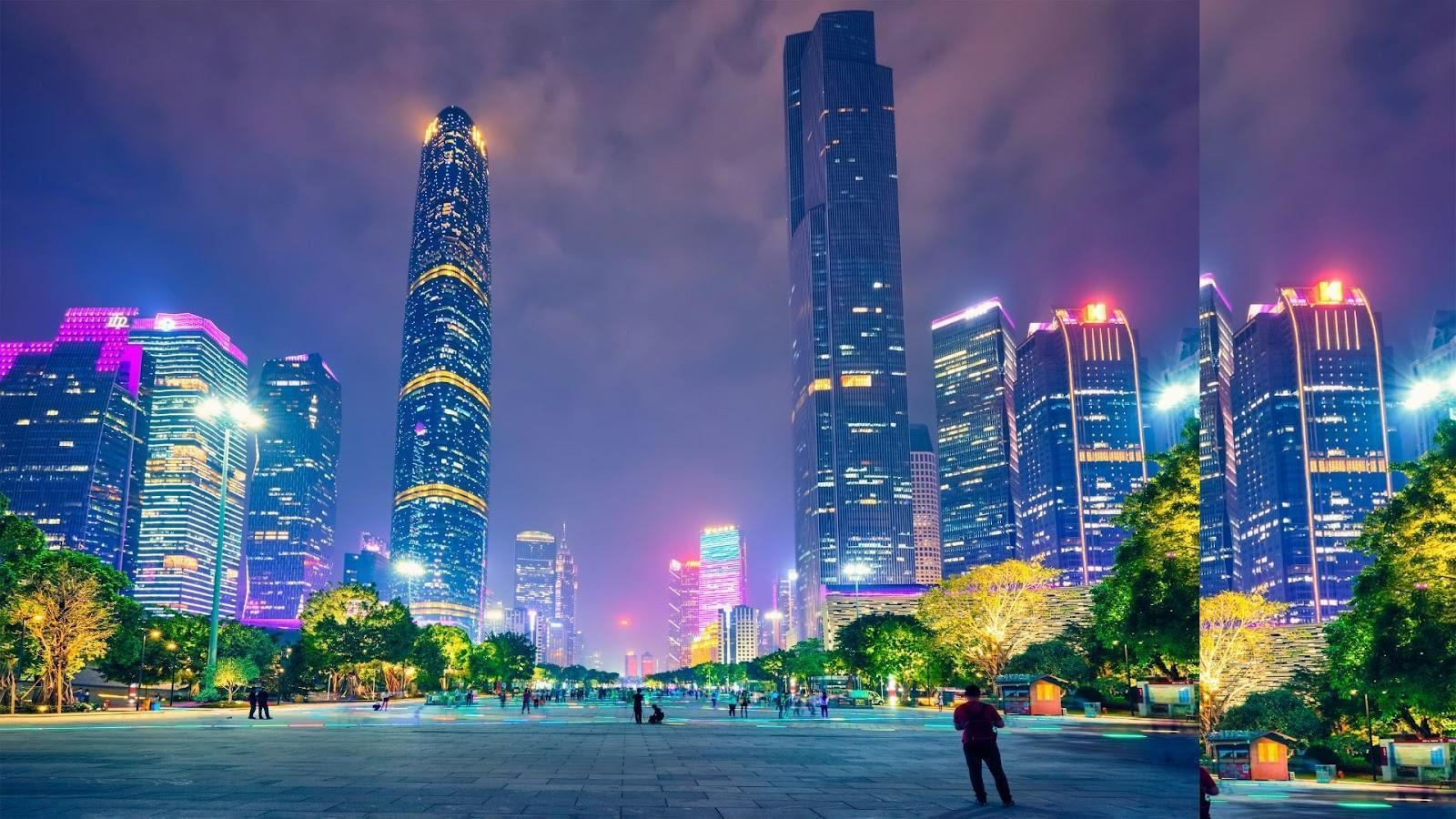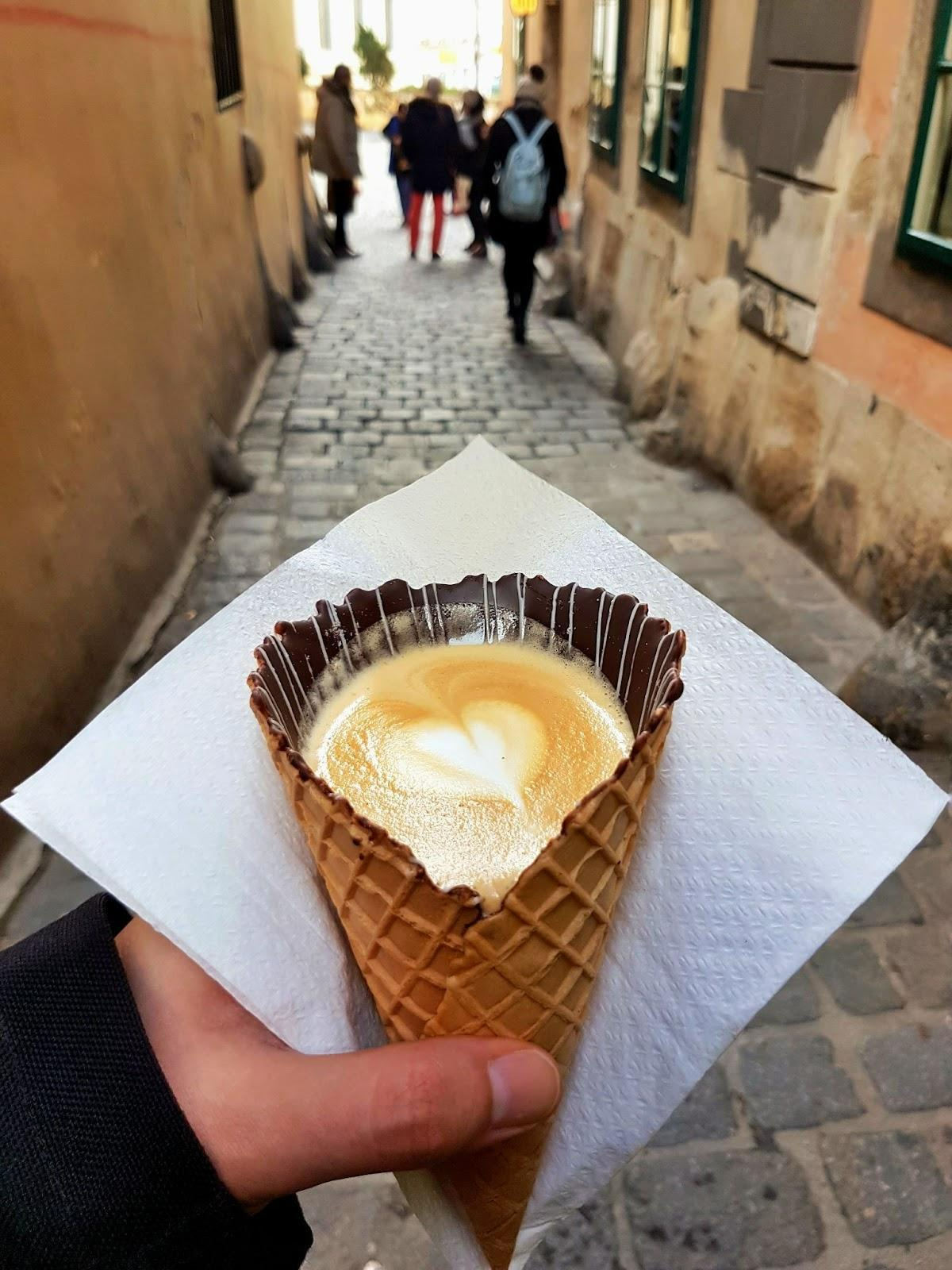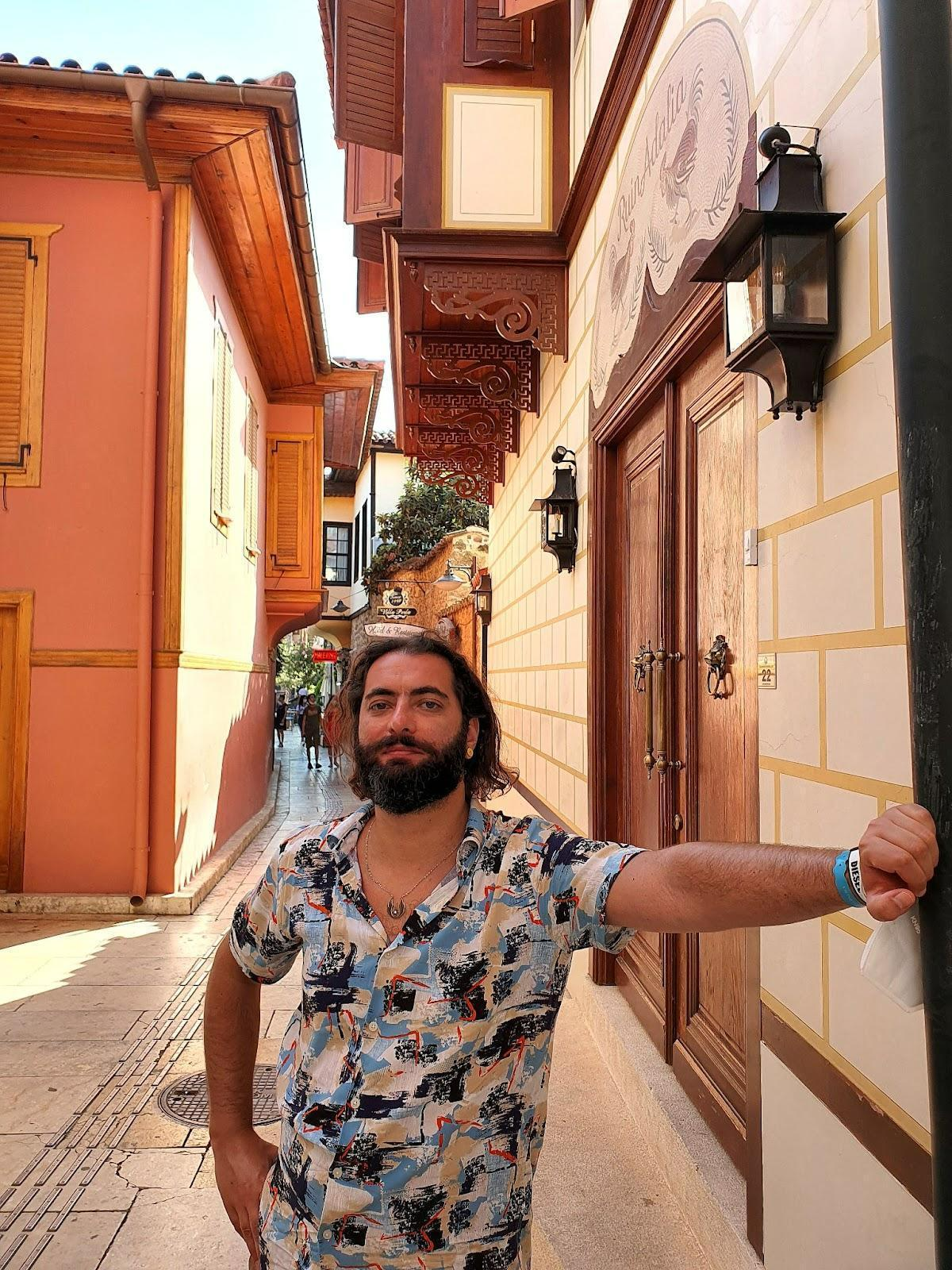Exactly three months ago, Dushan Stojchev found himself peering through a bus window when he was magically transported to Mars.
An endless, rust-colored landscape opened before him, with flecks of stars still twinkling in the twilight sky above. Below them sharp, craggy rocks stood defiantly, strewn across the landscape like the fossilized teeth of some giant, ancient animal. Towering rock pillars and sand dunes of white gold swirled to the ends of the horizon, revealing no signs of life.
Then a tiny black spot moving across the vast, hostile terrain caught his eye.
It was a dog.
Stojchev wasn’t on Mars; he was on Earth. Or to be more precise, that moment took place some 150 miles north of Hurghada, Egypt, along the road to Cairo.
But you’d be forgiven if you too found yourself magically transported to Mars.
Stojchev’s unique talent for mystifying the mundane and transforming otherwise ordinary experiences into unforgettable adventures has earned him a living as a travel writer. Most recently, he was hired by a travel website where he penned an informative yet delightful romp through some of America’s least rainy National Parks.
“Like me, that dog in the middle of the Egyptian desert was going on an adventure. But unlike me, the dog probably wasn’t writing about it!” he laughs.
But travel writing isn’t a new phenomenon; it has a very long, rich, and diverse history. The earliest known example of travel literature is Pausanias’ “Description of Greece,” written around the 2nd century.
During ancient times, some people decided to take notes during their travels. Upon returning home, these adventurers would share their writings with their peers who would often gather around and listen. Back then, it would take days to reach the nearest village, so for most people, hearing exciting stories about far away lands was the only way to travel.
But how does one become a travel writer?
“Well, it’s like baking a cake,” Stojchev says. “You need to have the right ingredients first. In my case, the recipe was made of an obsession with books mashed together with intense curiosity about life. Once life mashed those parts of me into a smooth paste, I sprinkled some of my personality on top, and voila — one travel writer ready to go!”
Stojchev’s travels have taken him from encountering tigers in Thai jungles at night, to exploring the same sapphire beaches of Greece that Odysseus once roamed; or from the bustling streets of Bodrum and its feisty taxi drivers, to quaint and unassuming locations like a little-known cat museum in Lloret de Mar, Spain.
What is the life of a travel writer like?
“Here’s a secret most people don’t know,” he confides. “Travel writers don’t travel all the time. Most of the time, actually, we just read. As I’m reading a book, my mind always wonders — what’s over on the next page? Yet many times, life is more fascinating than fiction.”

Hearing Stojchev retell his adventures, you get the impression there is no end to them. He spoke of the contrasting vibes between the strange, glistening sand at White Sands National Park in New Mexico and the almost cyberpunk, 24th century-like ambiance of Guangzhou, China.
How do these various locations influence his writing? And shouldn’t the genre be, well, a bit boring?
“Look. Travel writing is, paradoxically, the genre that’s also all other genres,” Stojchev says. “It can be technical and dry, practical or poetic, or humorous and subjective. Some locations even lend themselves to science fiction.”
And other locations lend themselves to enjoying local specialties.
Dushan shares a fond memory of the delightful cornettocino; a unique Viennese coffee served in an ice-cream cone, and handed over to customers from an old window hidden in a tiny cobbled alley. Or consider enjoying a steaming hot burek on a cold morning in Skopje’s charming Old Bazaar.
At this point, Stojchev talks a bit about his background and perspective:
“I’m Macedonian, and I have a literature degree along with a great love for science and … let’s say comprehensive knowledge,” he says.
“Between the anchors of history and the liberating realities of today, most Macedonians grow to look at the world with concern – or curiosity. I’m the latter,” he says with a smile.
Travel writing, and especially travel blogging, may seem like yet another business nowadays, but Stojchev argues for uniqueness.
“In this day and age, almost all the information about a place is at your fingertips,” he says. “My goal is to tell you about the stuff that you can’t read on your phone. It tends to be the less dry stuff.”
The genre, while significantly commodified, is not free of eternal literary dilemmas:
“Sometimes, the goal is for the author to remove themselves from their descriptions as much as possible. Like Tom Miller once said: ‘The finest travel writing describes what’s going on when nobody’s looking,’” Stojchev reflects.
“Yet other times, the unique perspective that an author brings is exactly the secret ingredient that makes a dish irresistible,” he adds.

Finally, Stojchev likens the human existence to a journey, comparing all eight billion people as passengers on a ship traversing space. He believes in continuing to write humanity’s travel book, eager to discover what lies on the next page.
“In short, if you can’t move ‘there,’ I’ll bring ‘there’ to you,” Stojchev says.
And then the travel writer departs again. To his books or off to another adventure? Whichever it is, both involve travel.
The news and editorial staffs of the Chicago Tribune had no role in this post’s preparation.



